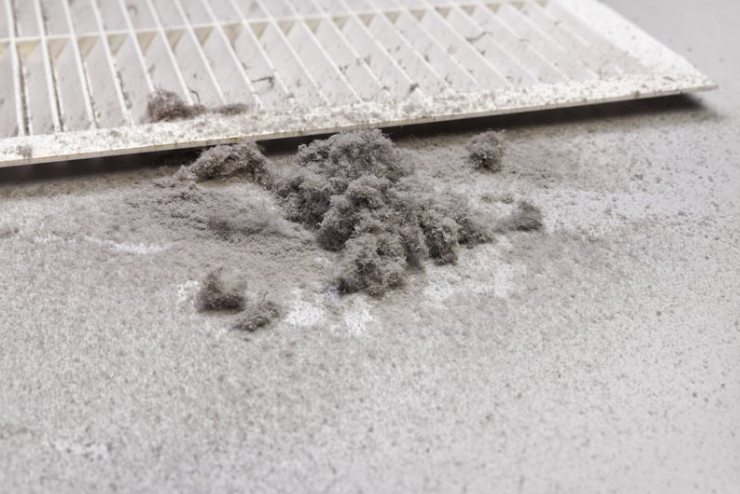What is a MERV Rating and Why Does it Matter?
- John Kortes

- Jun 22, 2022
- 3 min read
If you’re searching for information on a new HVAC air filter or want to know more about the one you already have, you will undoubtedly come to notice something called a MERV rating. This rating is not well understood by most homeowners, but it is a critical value used to measure and assure whether your system is running optimally.
What is a MERV Rating?
A MERV rating stands for Minimum Efficiency Reporting Values and refers to a filter’s ability to capture larger particles between 0.3 and 10 microns (µm). This rating is a valuable tool you can use to compare the performance of different filter types with the higher the MERV rating being better at trapping specific types of particles. A filter is given a rating between 1-20. A breakdown of each level and its respective ability can be found in our other blog which shares useful information on how often you need to change your air filter.

History of MERV Rating
The MERV rating was developed by the American Society of Heating, Refrigerating, and Air Conditioning Engineers in 1987 to help give the public a more accurate and transparent idea of a particular air filter’s capabilities. Unlike other existing scales available, MERV was created to offer a balance between article filtering and energy efficiency in its rating.
Importance of MERV Rating
The MERV rating is important because it helps consumers understand the effectiveness of an air filter and enables them to decide on and purchase the right one for their needs. For example, if you or someone who lives in your home suffers from allergies, you may want a particular MERV rating that can filter allergens. If you do welding or other construction work, a higher MERV rating may be selected to help filter welding fumes, lead dust, and coal dust.
Knowing exactly what type of protection you can expect for your desired air quality is central to the MERV rating.
What is an Ideal MERV Rating for my Home?
An ideal MERV rating for your home is within the 8-13 range. A filter in this range can filter out particles as small as one micron and have efficiencies around 85%-90% or greater. Filters with this rating can remove small particles such as dust mites, spray paint dust, carpet fibers, pollen, mold spores, lead dust, cooking dust, flour, hair spray, auto fumes, furniture polish, welding fumes, and more.
You can expect a filter in the 8-13 range to catch up to 85% of all particles and are suitable for people with allergies or asthma. The one downside is that they are somewhat more costly compared to filters with a lower rating and they are less energy-efficient.
Higher is Not Always Better
The key to finding the right filter is aiming for exactly what you need regarding air quality protection and not going over the top with a filter that goes beyond your needs. As the rating gets higher more particles are trapped, but these higher-rated filters will also put additional strain on your HVAC unit and your energy bill will rise.
Get Professional Help
If you are looking for more personalized advice regarding air filters and choosing the right one for your home, call To the T Plumbing & Heating! Our team of trained professionals can deliver the solution you need for peace of mind.
_PNG.png)


